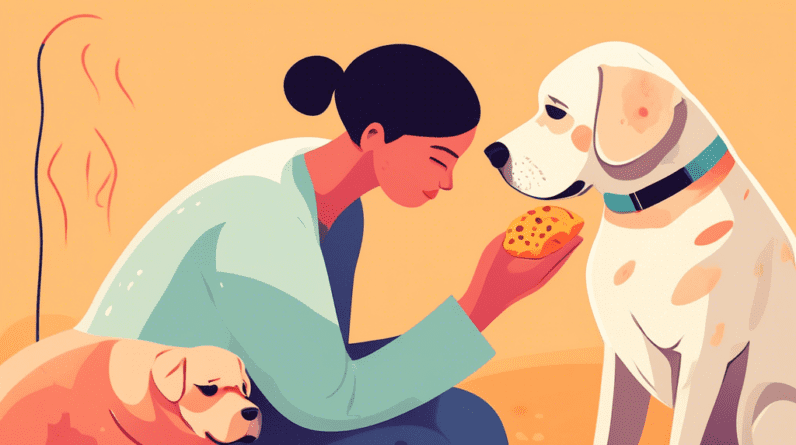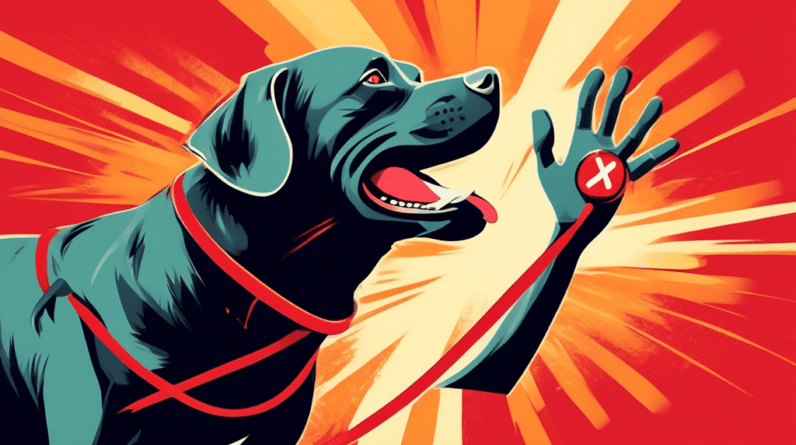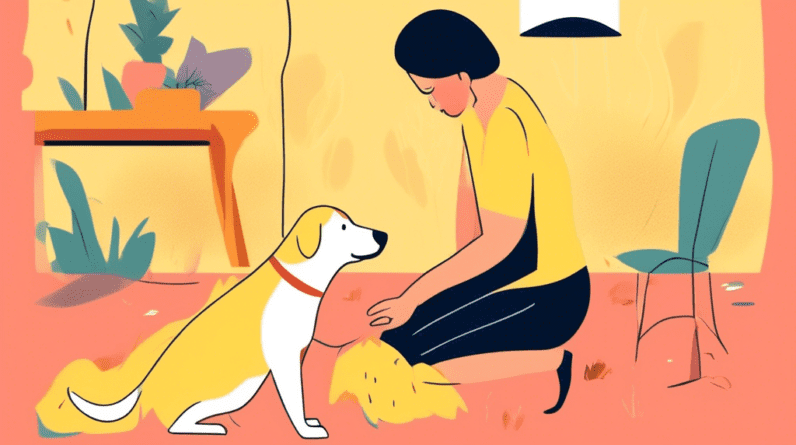
Understanding Lipomas in Labradors
Labrador Retrievers, with their playful personalities and loving nature, hold a special place in many hearts. However, like many purebred dogs, they are prone to specific health concerns. One such concern is the development of fatty lumps, medically known as lipomas. While often benign, these lumps can sometimes signal underlying health issues. Understanding the causes, symptoms, and treatment options is vital for any Labrador owner.
What are Lipomas?
Lipomas are benign tumors composed of fat cells. They feel soft and movable under the skin and can vary in size, from small, pea-like nodules to large masses. While they can occur anywhere on a dog’s body, they are frequently found on the chest, abdomen, and legs.
Why Labradors? Predisposing Factors
While the exact cause of lipomas is unknown, several factors appear to increase the likelihood of their development, particularly in Labrador Retrievers:
1. Breed Predisposition
Labradors, along with other breeds like Golden Retrievers, Dachshunds, and Doberman Pinschers, are genetically predisposed to developing lipomas. This suggests a hereditary component, making some breeds more susceptible than others.
2. Age
Lipomas are more common in middle-aged and older dogs, typically appearing between the ages of 6 and 9. As dogs age, their cellular activity changes, potentially leading to abnormal fat cell growth.
3. Obesity
Obesity is a significant risk factor for lipoma development in dogs. Excess weight puts added strain on the body, potentially disrupting metabolic processes and promoting abnormal cell growth.
4. Diet
While not a direct cause, a diet lacking in essential nutrients and high in processed foods could contribute to overall health decline, potentially increasing the risk of lipomas and other health issues.
5. Endocrine Disorders
In some cases, underlying endocrine disorders, such as hypothyroidism or Cushing’s disease, may be associated with lipoma development. These conditions can disrupt hormone levels, potentially affecting cell growth and fat metabolism.
Recognizing Lipomas: Symptoms and Diagnosis
Detecting lipomas early is essential for proper management. Familiarize yourself with the common signs:
1. Palpable Lumps
The most obvious sign is a soft, movable lump under the skin. These lumps are usually painless and can be moved slightly when touched.
2. Changes in Mobility
If a lipoma grows large or is located near a joint, it can hinder movement, causing limping or discomfort.
3. Reduced Activity
Large or uncomfortable lipomas may discourage your Labrador from being as active as usual.
4. Loss of Appetite
In rare cases, if a lipoma is pressing on internal organs, it can affect appetite and digestion.
Diagnosis
If you notice any unusual lumps or changes in your Labrador’s behavior, consult a veterinarian immediately. A definitive diagnosis typically involves:
- Physical examination
- Fine-needle aspiration (FNA) to collect cells for microscopic evaluation
- Biopsy in some cases to confirm the diagnosis and rule out other conditions.
Health Concerns and When to Worry
While most lipomas are benign and don’t pose a serious health threat, there are exceptions. Here’s when to be concerned:
1. Infiltrative Lipomas
Unlike their benign counterparts, infiltrative lipomas grow into surrounding tissues and muscles, potentially causing discomfort and affecting mobility. Surgical removal is often recommended.
2. Rapid Growth
While lipomas generally grow slowly, any sudden or rapid growth should be addressed immediately by a veterinarian to rule out more aggressive forms of tumors.
3. Location
Lipomas located near joints, vital organs, or in areas that restrict movement may require surgical intervention, even if they are benign.
4. Discomfort or Pain
While lipomas are usually painless, if your Labrador shows signs of discomfort, such as licking or pawing at the lump, it’s crucial to seek veterinary attention.
Treatment Options for Lipomas in Labradors
The decision to treat a lipoma depends on various factors, including the size, location, and how it affects your dog’s quality of life. Treatment options include:
1. Monitoring
For small, slow-growing, and asymptomatic lipomas, monitoring is often the first course of action. This involves regular check-ups with your veterinarian to track the lipoma’s size and assess any changes.
2. Surgical Removal
Surgery is typically recommended for lipomas that are causing discomfort, restricting movement, growing rapidly, or suspected to be cancerous. The procedure involves removing the lipoma and a small margin of surrounding tissue.
3. Lifestyle Modifications
While not a cure, lifestyle modifications can help manage obesity, a significant risk factor for lipomas. This includes:
- Feeding a balanced diet tailored to your dog’s age, breed, and activity level.
- Providing regular exercise to maintain a healthy weight.
Prevention Strategies
While you can’t completely eliminate the risk of lipomas in your Labrador, some preventative measures may help:
1. Maintain a Healthy Weight
Feeding a balanced diet and ensuring adequate exercise are crucial for maintaining a healthy weight and minimizing the risk of lipoma development.
2. Regular Veterinary Checkups
Regular checkups allow your veterinarian to detect any abnormalities early, including lipomas. Early detection can significantly improve treatment outcomes and prognosis.
3. Holistic Health Care
While further research is needed, some pet owners explore holistic approaches, such as incorporating omega-3 fatty acids into their dog’s diet or using specific herbal supplements, to potentially boost overall health and minimize tumor growth. However, it’s crucial to consult with a holistic veterinarian before incorporating any alternative therapies.
Living with Lipomas: A Long-Term Perspective
Living with a Labrador prone to lipomas requires vigilance and proactive care. While these fatty tumors can be concerning, most are benign and don’t significantly impact a dog’s lifespan. By understanding the causes, recognizing the symptoms, and seeking timely veterinary care, you can help your furry friend live a happy and fulfilling life, even with lipomas.
Remember, this information is for informational purposes only and shouldn’t be considered a substitute for professional veterinary advice. If you notice any lumps or changes in your dog’s behavior, consult with your veterinarian for a proper diagnosis and treatment plan.






